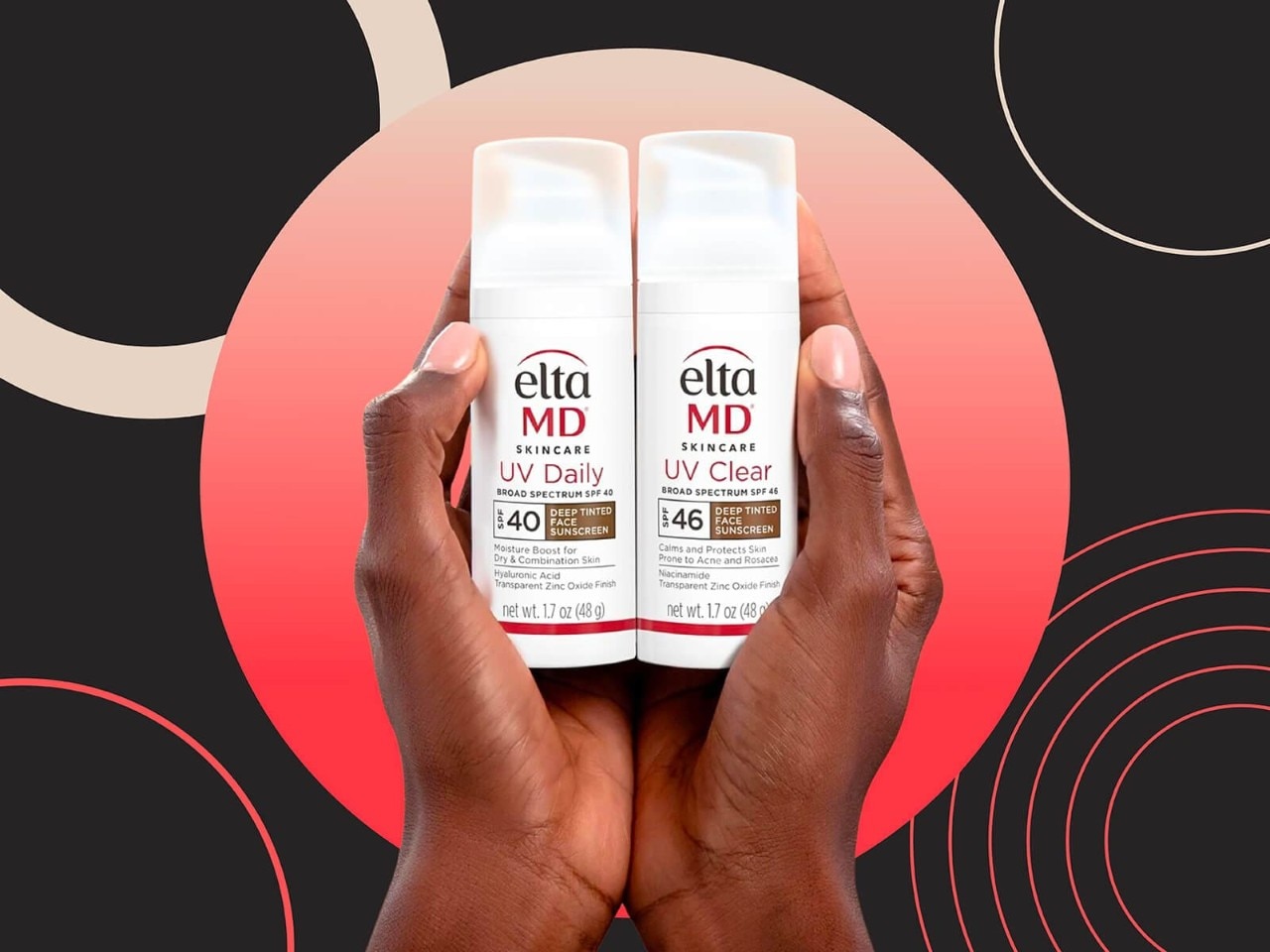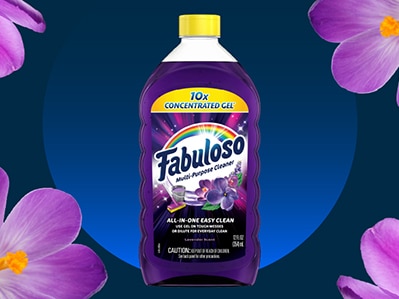Inclusive Skin Care at EltaMD
Sun safety is important for everybody, however, one issue continues to persist in the world of skincare: the lack of inclusive sun protection products tailored for deeper skin tones. Traditional sunscreens often leave a white cast, which may discourage people of color from regular use, even though sun protection is essential for everyone. To bridge this gap, EltaMD, a Colgate-Palmolive sunscreen brand, launched Deep Tint iterations of its best-selling UV Clear and UV Daily collections, specifically designed for deeper skin tones. These products feature EltaMD's innovative Invisible Blend Technology, ensuring a sheer, natural finish without compromising protection.
Developing EltaMD Deep Tint
We wanted to understand why some populations are hesitant to take advantage of effective products that are proven to reduce the risk of skin cancer. One answer was clear: most sunscreen products are not well suited for all skin tones, particularly for those with melanated skin tones, where common sunscreen products leave a noticeable sheen, or white cast on the skin. In fact, by our count, more than 60% of sunscreen products are only offered in one shade, neglecting the wide range of skin tones in the population.
Our R&D team, drawing on our deep-rooted culture of inclusivity and belonging and our positioning as a leader in this space, took this as a challenge and sought to develop a line of SPF products that would serve a broader range of clients, particularly those with darker skin tones. Our goal was a line of sunscreen products that would blend seamlessly into a range of darker skin tones.
A Rigorous and Inclusive Approach
The development of the product followed a meticulous scientific process—hypothesis, prototype, test, learn, and iterate—to ensure that the final product was shaped by various perspectives. We started with the hypothesis that a specially formulated sunscreen, using a proprietary blend of iron oxides, could eliminate the white cast on deeper skin tones while providing effective sun protection.
The resulting products were tested extensively and the formulations were fine-tuned on people with various skin tones. We specifically focused on Fitzpatrick skin types IV to VI, the more deeply pigmented skin tones that tend to burn less but still require protection against harmful UV radiation. The result of these tests and iterations is EltaMD UV Clear and UV Daily Deep Tint sunscreens.
This innovation work was not just another technological challenge to solve, but one where our research and development teams saw themselves and their communities in their work and were driven to discover new approaches to a major problem.
Engaging with our Communities
In the process of developing this product, we also identified additional factors that need to be considered. Dermatologists do not always discuss sunscreen use with patients who have richly pigmented skin. While sun protection advice is often provided to individuals with fair skin, those with higher levels of melanin are sometimes excluded from these conversations. Therefore, our challenge was not only to educate those who would directly benefit from these products, but also to inform the dermatology community about the availability of these products and the importance of proper suncare for all patients, regardless of skin tone.
We also listened carefully to feedback we received from the medical community and from our consumers. For example, we needed to develop a variety of shades, different product sizes and other variations to appeal to the widest possible audience. We took all this advice to heart and stayed committed to addressing the challenge in front of us in a manner consistent with our brand philosophy, developed a product that is simple to use, and ensured that continuous education of the medical community and their patients was central to our strategy.




